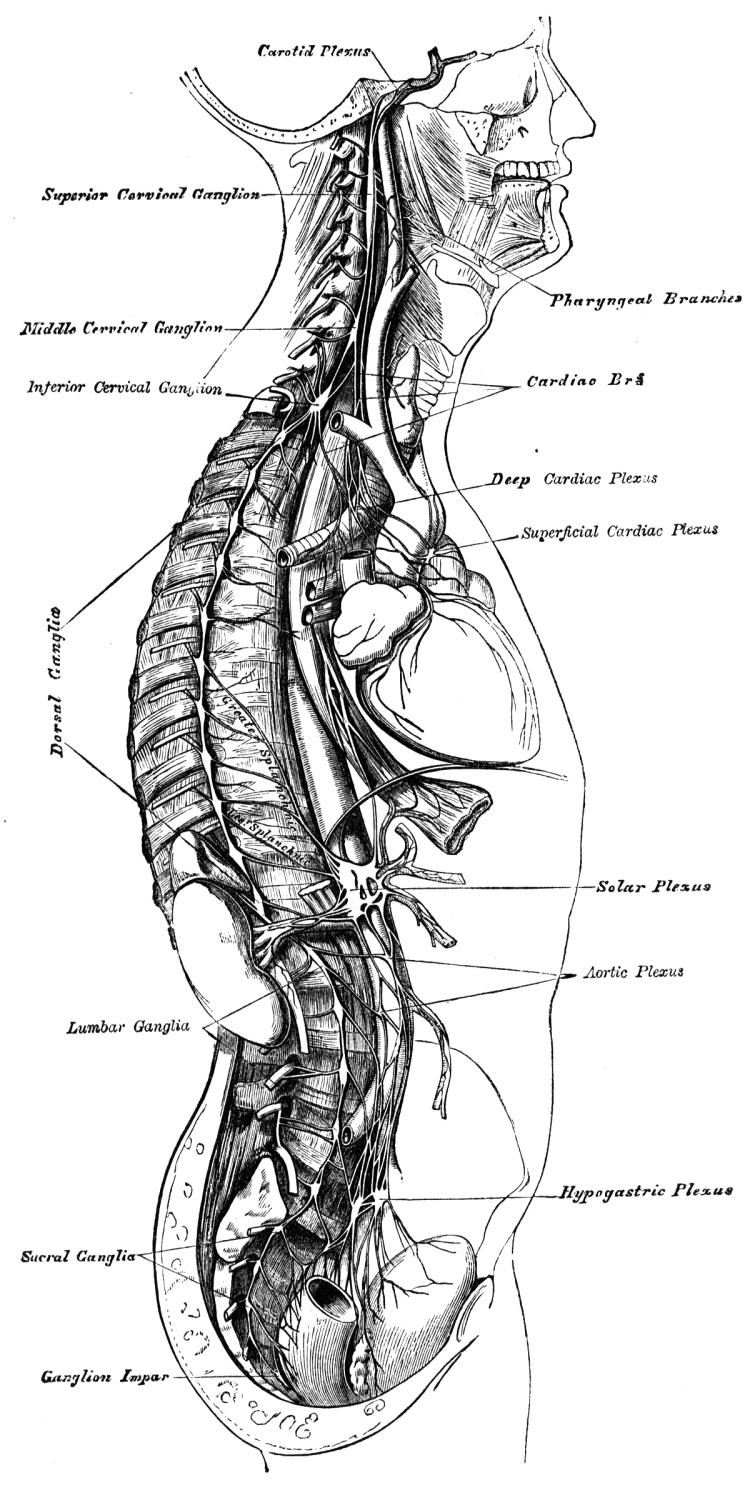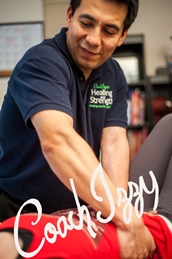By
Coach Izzy
Based on the original article published at Coach Izzy Talks Fitness
What in the world Do I Do?

The gurus of business marketing always remind us of the importance of being able to summarize our craft as succinctly as possible. It is imperative we communicate the essence of our profession laconically and avoid seemingly superfluous details. It is also what those who are curious as to our life path and want to know what we do, expect as an answer.
While a prudent and efficient approach, there are instances in which such methodology will backfire, and the simplification will get more wheels turning. This is more evident if what is done does not fall within the popular parameters, or breaks the self-imposed linear assumptions our attention-deficient society cherishes.
My practice is no is not exempt from this. The simplicity of the answer gets lost because it does not conform to the expectations of those who ask. It is the nature of implementing novelty, and I happily accept it. Yet that is only a small part of the problem. The struggle comes when those who inquire want to make it fit to their preconceived notions, instead of the other way around. I’m sure at this point you are curious as to what my reply to curious minds is, and again, it’s a simple answer. When asked what I do, I reply with:
“I address protective reflex arcs to eliminate pain.”
That’s as much as I can summarize without getting too detailed or oversimplifying the nature of my work. Yet I know it is not enough for most. There are those who want to peg it to modalities they already know, whether relevant or not. They seem to have a hard time understanding that I follow a different path, and I do not fit a specific mold. Alas, many push the issue to no avail.
“So what is it, exactly?” They ask again when the succinct answer does not prove sufficient. “I already told you,” I say.
“Yeah, but is it massage?” They ask, conjuring the image of tissue manipulation solely to forceful applications. How convey that this type of manual therapy does not reflect the traditional standards? “Not necessarily,” I tell them.
“Is it some type of exercise then?”

How do I tell them that unfortunately exercise has the likelihood of exacerbating many conditions? That weakness in a muscle group is not the result of poor mechanical capacity but a symptom of a protective response? Yet the benefits of exercise cannot be denied and in certain cases, the application of specific modalities can be of value. “Only if needed,” is all I can tell them.
“Is it stretches then?” They ask still insisting in comparing to the traditional models. I can’t tell them in only two minutes how stretching is in general counterproductive to most conditions, yet some stretches provide beneficial, but it has nothing to do with elongation. “Only if they won’t exacerbate the condition,” I say trying not to go too in-depth with mechanics of the nervous system.
“So do you work on muscles, bones, or nerves?” They ask again.
“On whatever needs the work at the moment. Besides, all of them are connected.”
“So what do you exactly do?”
Frankly, I do not know why people get so obsessed with any particular technique, since in my opinion, they are irrelevant. Practitioners of Integrative Neurosomatic Therapy (INT), Rolfing, Deep Tissue, MAT, Cupping, Strain-Counterstrain, etc., they all get excellent results in their own practices. If it were the technique alone, a determined modality or two would stand out among the rest. But that is not the case. There is a tremendous degree of variability among practitioners of the same modalities. Some Rolfers do better than others, some Neurosomatic Therapists will see more success than others, and the same can be said of the others.
It is safe to conclude then, that success is more dependent on the skill and understanding of the therapist, than on the technique. A therapist who has mastered one or two modalities will have far more success than a therapist who jumps from modality to modality, looking for the one-fix-it-all approach and never taking the time to study any particular one in-depth. More than the technique(s), it is not just the how, but WHY the therapist treats a specific area, employs a specific modality, and avoids others.
In my arsenal, I bring over 25 years of experience in the field, which includes my degree in Exercise Science and Sports Studies, a strong background in Sports Medicine, and many highly recognized certifications. Many streams of knowledge in different subjects merge into one major understanding that guides my approach, steps and treatment. Thus, it wasn’t difficult to figure out that a client who have not been able to lie down flat on his back for about 10 years, did not have the weak core with which he had been diagnosed. I immediately stopped all his core work, treated a dysfunctional thorax and lumbar area, and he was able to lie flat, again. The same reasoning that showed me how pointless all the hamstring stretches for a client who had been diagnosed with tight hamstrings were. Despite religiously stretching his hamstring for the past five months, he had not seen any improvement and felt as tight as before. No surprise since the dysfunction was in the abdominal area, not the hamstrings.

But in the process, I’m well aware I’m going against traditional advice and I will find resistance and defensiveness. I’m OK with it since I know my clients will get results and ultimately, results speak louder than arguments or any well-articulated postulations.
It is only after undergoing the assessment, treatment, and rehabilitation that light bulbs go off, and though many of those experiencing the relief may not have a full grasp of how we arrived there, they understand its simplicity. In their excitement, they tell their friends and bring their loved ones as they want them to also find liberation.
Another aspect of employing a novel approach, is that most people find it difficult to be compliant with the self-care that follows. Since they do not quite understand the depth of the body systems that were just treated, they extrapolate the experiences or recommendations they followed with other modalities, but in doing so, they end up delaying the healing process and exacerbating their condition. So to make the issue simpler, you are going to learn how NOT to approach your therapy, so you can avoid the blunders that prevent many from healing timely.
